Business Studies School Trips To Shanghai
Experience the rapid economic growth and change the city of Shanghai has undergone in just a few decades.
Highlights
The futuristic skyline of The Pudong Financial District
Global industry at the Volkswagen factory
Traditional China in Suzhou, city of canals
Industrial growth and prosperity at Huaxi model village
Warwick SchoolThis really was a very special adventure and there was not a moment when we were not busily engaged in something exciting, remarkable and different.
Suggested itinerary
What's included*
*Visa costs not typically included in price
Recommended excursions
Bao Steel Factory is a large iron and steel conglomerate and is the second largest steel producer in the world with an annual production is approximately 20 million tons. The Factory employs around 109,000 employees, has annual revenue of around $21.5 billion and produces a mix of high-quality products.
Shanghai Volkswagen Factory was founded in 1985, the first joint-venture company in China. Visit the assembly line workshop where different parts of the car are put together. Volkswagen also plans to start production of electric cars at its two Chinese joint ventures, Shanghai Volkswagen and FAW Volkswagen, increasing production to 100,000 vehicles by 2018.
Located across the Huangpu River from the Bund, the old financial and business district of Shanghai, the Pudong district started to develop in the 1990’s largely driven by Chinese state owned enterprises. Its inaugural landmark, the Oriental Pearl TV Tower, was completed in 1994. The area is now home to an array of high rise buildings which have created a futuristic skyline.
The Huangpu River divides Shanghai into East and West, originates in Dianshan Lake and empties into the Yangtze River. See city attractions from a river cruise, including the colonial architecture of the Bund contrasting with the futuristic architecture of the Pudong Financial District. See also the famous Port of Shanghai, the busiest in China, which was instrumental in the rapid economic growth of the city.
Discover how Huaxi Village in east China’s Jiangsu Province has grown over the last 40 years from a small community to one of China’s richest village, with a total economic worth of over 30 billion yuan. It is considered a model village working for common prosperity under socialism. The day includes seeing local landmarks and a meeting with a local family.
Suzhou is known as the Venice of the East due to its many waterways including the Beijing-Hangzhou Grand Canal which connected the two dynastic capitals. Suzhou is the historic silk capital of China and the history of the industry can be explored at the Silk Museum and the silk mill. A visit to Suzhou highlights the contrast between traditional China and modern China.
This iconic TV tower in Shanghai stands 468 m (1,535 feet) high, and was the tallest structure in China until 2007. Eleven spheres are arranged in a row descending to a carpet of green lawn with the conceptual design of large and small pearls falling to a jade plate. It is the second most popular tower visit in the world after the Eiffel Tower in Paris.
Nanjing Road is the main shopping street of Shanghai, and it is one of the world’s busiest shopping streets. It is named after the city of Nanjing, capital of Jiangsu province. Today’s Nanjing Road comprises two sections, Nanjing Road East and Nanjing Road West. In some contexts, “Nanjing Road” refers only to Nanjing Road East which is largely pedestrianised.
Acrobatic art is a traditional Chinese performing art rooted in Chinese culture and dating back to 475-221BC. The ancient acrobatics reflected the lives of the Chinese people and today, all provinces of China have their own acrobatic troupes. Acts such as group gymnastics, meteor juggling and tight rope feats make for a spectacular show for the students.


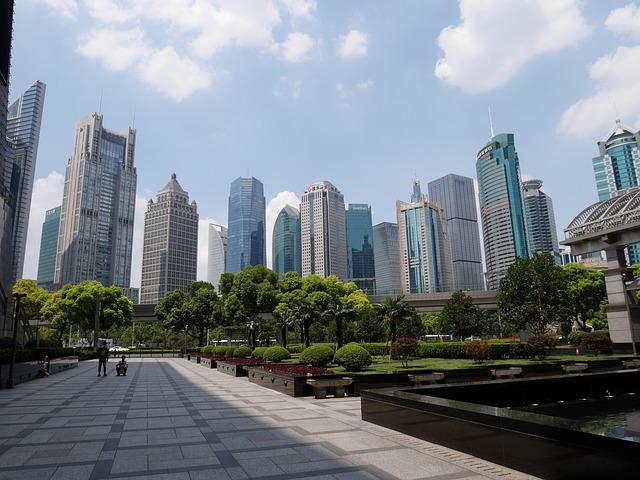
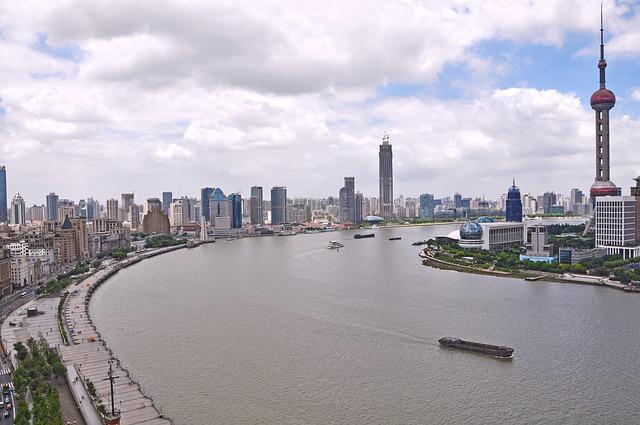
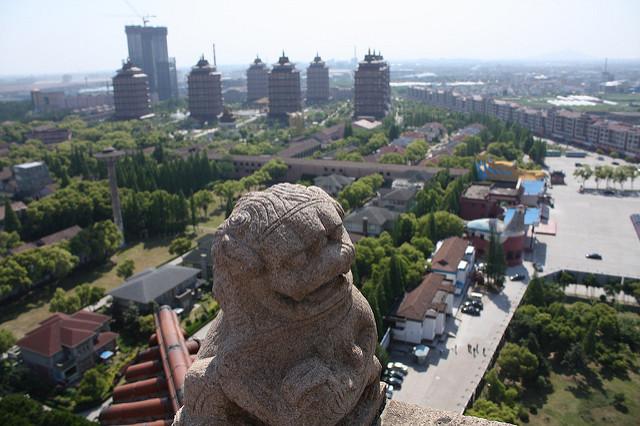

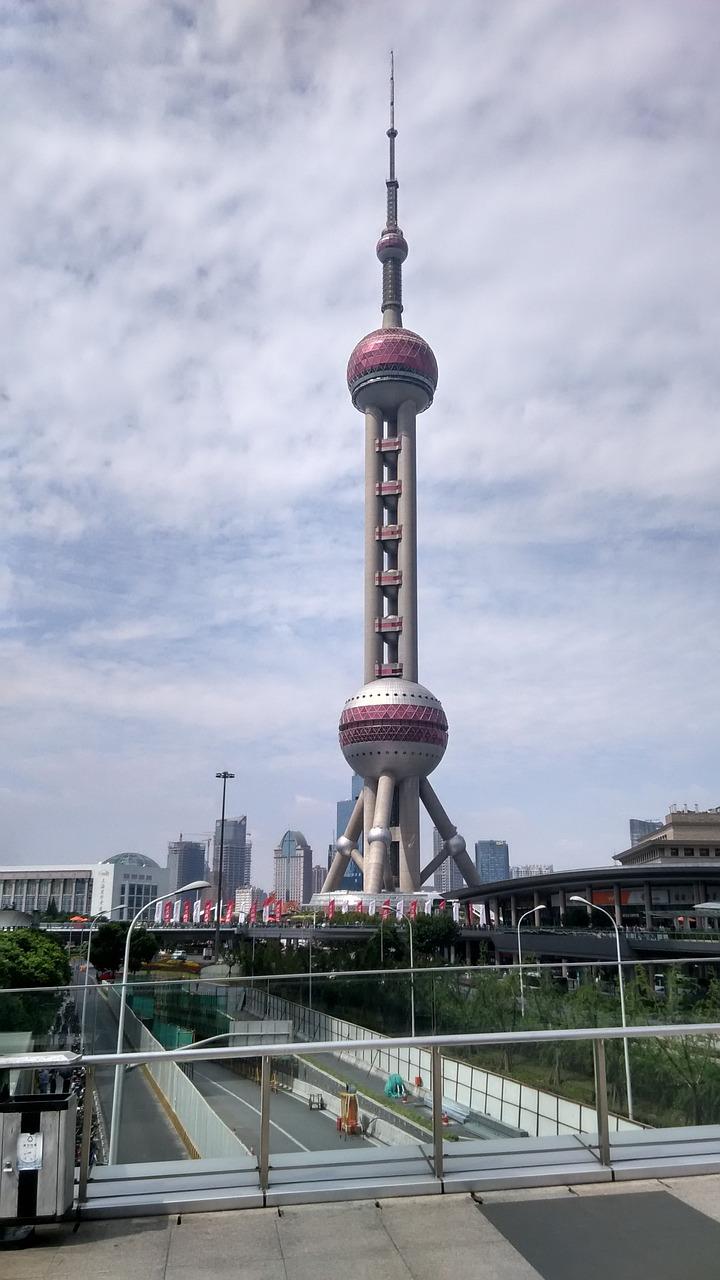
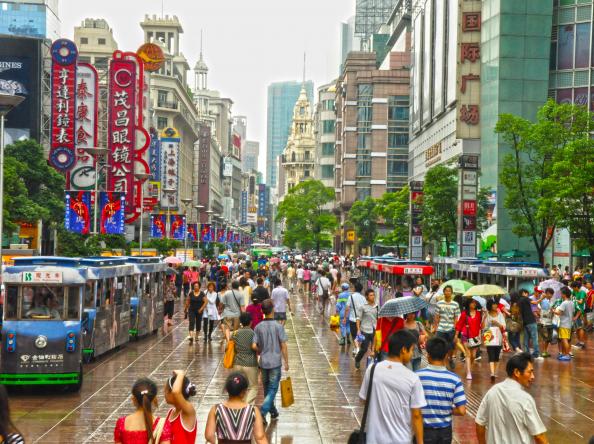
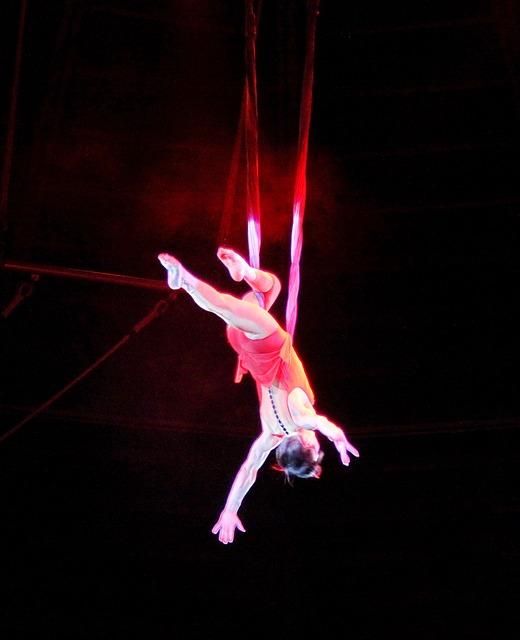
Typical accommodation
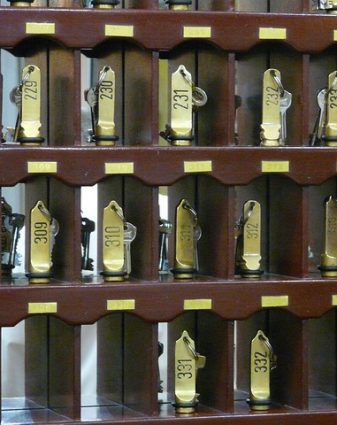
Why groups like it:
Facilities:
Learning outcomes
Subject focus
Students can:
- Learn how China has transformed its economy in just a few decades
- Consider the reasons behind the rapid growth of China’s economy
- Examine the meaning of the term ‘socialist market economy’
- Understand China’s role as a global manufacturer and the implications of a global economy
- Consider the impact of Chinese consumerism
- Explore the challenges facing China’s new economy
- Evaluate the social and environmental considerations in production and its location
Student outcomes
Students will have an opportunity to:
- Understand the main features of different types of markets
- See how trading affects the economy and its global impact
- Gain an understanding of the concepts of demand and supply
- Understand the impact of migration from countryside to city
- Consider the need for sustainable energy and sustainable industries



